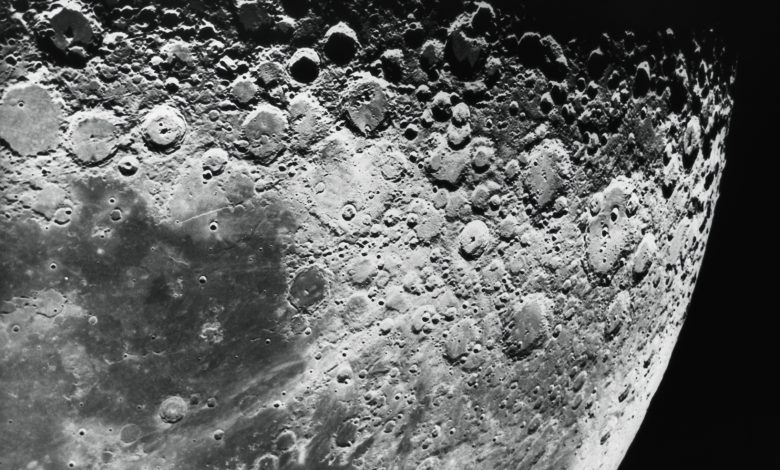A new theory provides an explanation for the origin of the moon 4.5 billion years ago
Astronomers suspected that the moon arose when a giant protoplanet called Theia hit Earth. However, the nature of this collision and what happened immediately after it have been the subject of scientific debate for hundreds of years.
Some scientists suggested that the collision created a vast cloud of debris that merged into the moon over time, but a recent study by scientists from Durham University claims that the giant impact immediately put the moon into orbit around the Earth.
According to the study, which was recently published in the Astrophysical Journal Letters, the moon may have formed in hours, not months or years as is common, based on an advanced astrophysical model created by NASA scientists with the help of supercomputers.
Using a higher resolution than was available when the popular theory about the moon's origin was developed, scientists were able to create simulations of hundreds of different impacts, varying the angle and velocity of the collision as well as the masses and rotation of the two colliding objects.
A Mars-sized object called Theia collided with the primordial Earth about 4.5 billion years ago, 150 million years after the formation of the solar system, and debris from the collision accumulated on the Moon over months or years.
But controversy raged among scientists about exactly what happened during this collision, and the question of why the Moon and Earth were similar in composition remained a mystery.
Therefore, the Durham University team used a simulation, the most detailed to date, showing that the Moon formed much more quickly than the matter from both Earth and Theia.
The simulation shows Thea hitting a small ground. The outer crust of the two planets is thrown into orbit by the collision, and soon merges into two unstable moons, the smallest of which settles in the moon, while the larger is sucked into the Earth.
The new theory helps explain why the Moon and Earth share a similar mineral composition, especially at their crusts - a property that's hard to explain if it's supposed to consist almost entirely of Theia debris, as the prevailing theory states.
There have been several theories to explain the similarities in chemical composition between Earth and the Moon, such as the Synestia theory, which states that the Moon formed inside a vortex of rock vaporized by Theia's collision with Earth, but it does not satisfactorily explain its orbit.
Scientists hope the new findings will help further research into the moon's composition and internal structure.
The team concluded that "the next several lunar missions should reveal new clues about the type of giant impact that led to the formation of the moon, which in turn will tell us about the history of the Earth itself."
And the US space agency NASA is seeking to use similar advanced and high-resolution models in conjunction with new samples that will be brought from the planned “Artemis” missions, to test these and other theories about the evolution of the moon.
Source: websites



